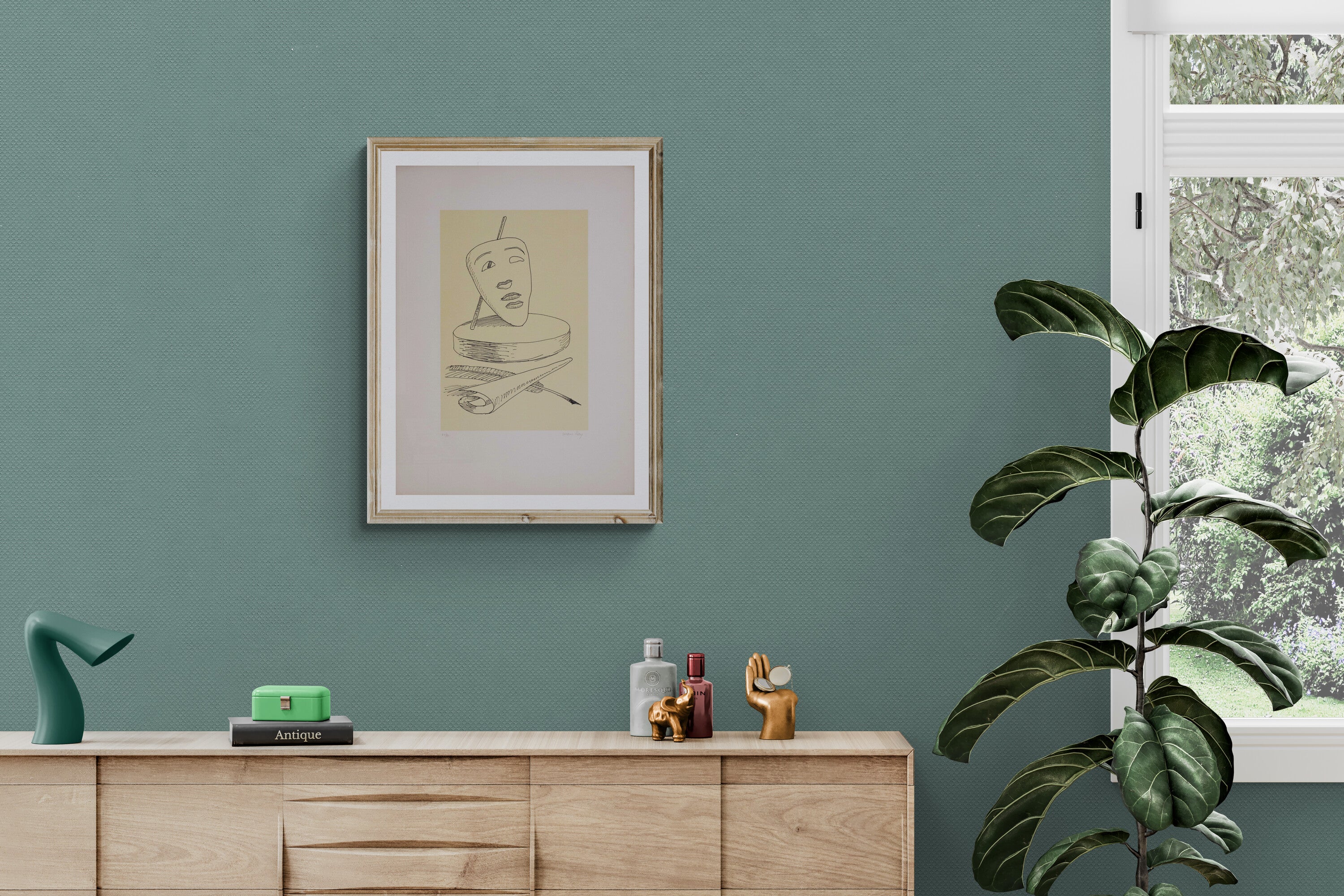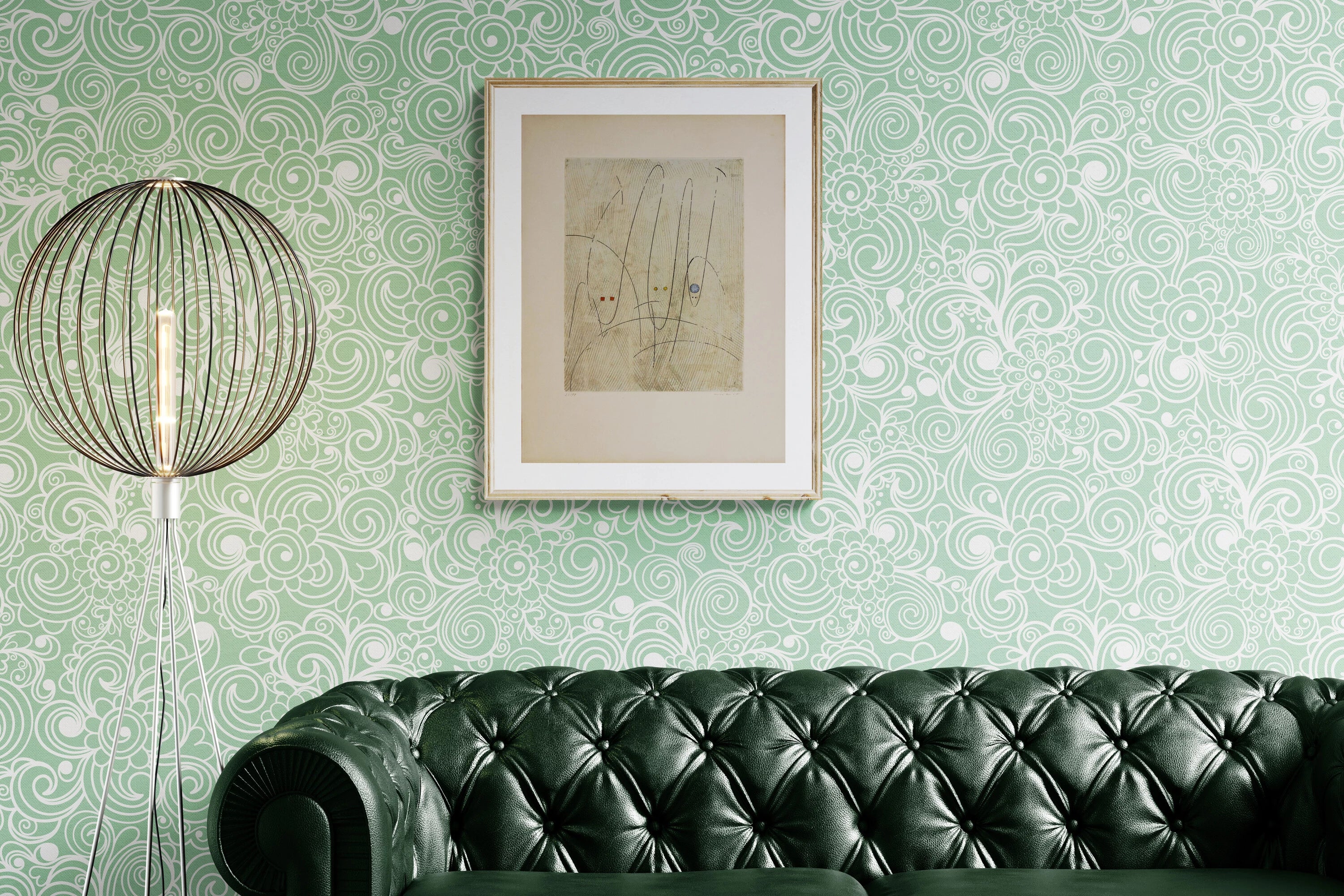Claudio Parmiggiani biography

Claudio Parmiggiani, born in Luzzara in 1943, is an Italian artist who has gained a prominent role in the international artistic avant-garde. His career has been marked by original and innovative insights, which have defined his artistic research since the mid-1960s. Claudio Parmiggiani has chosen an independent path within the Italian art scene, avoiding being labeled and belonging to a specific group, while having had significant encounters with important figures of contemporary art.
After studying at the Modena Art Institute between 1959 and 1961, Claudio Parmiggiani also showed an interest in poetry and frequented the environment of the Group 63 in Bologna. Furthermore, he was in close contact with artists such as Emilio Villa and Vincenzo Agnetti in Milan.
His artistic research, of a conceptual nature, focuses on the reflection on the role and nature of images and their emotional and cultural meanings. Claudio Parmiggiani uses a variety of materials and techniques, ranging from photography to casts, from fragments to fragmentation, from imprints to the assembly of antithetical elements.
His artworks represent a dialogue between past and present, creating a dialectical process of appropriation, negation, and transfer of meaning. Some of the most significant artworks include The Night from 1964, composed of a painted plaster cast, fabrics, wood, and glass, and Yang-Yin from 1969, which transforms and inverts the noses of the Montefeltro portraits by Piero della Francesca. Other important artworks are the Delocation series from the 1970s, consisting of imprints of canvases removed from walls, and the installation Lighthouse of Iceland from 2000, a permanent artwork placed in an isolated location in Iceland.
Claudio Parmiggiani has exhibited his artworks in numerous editions of the Venice Biennale, including those of 1972, 1982, 1984, and 1995. He has also had solo exhibitions at important international institutions such as the Contemporary Art Pavilion in Milan in 1982, the Museum moderner Kunst in Vienna in 1987, and the Musée Fabre in Montpellier in 2002.
>The artwork of Claudio Parmiggiani has attracted the attention of contemporary critics and thinkers, including Jean Clair, Luc Nancy and Georges Didi-Huberman. His unique position in the contemporary art scene, situated between arte povera and conceptual artwork, has helped consolidate his role as one of the main figures of Italian artwork in the post-war period.
In addition to his artistic activity, Claudio Parmiggiani has also written several texts, including Blood Star Spirit from 2000. His depth of thought and clear awareness of the civil significance of artwork place him in continuity with the great tradition of Italian and European painting.
Claudio Parmiggiani is an Italian artist of great importance in the field of international contemporary art. His innovative artistic research, independence from the Italian artistic context, and his dialogue between past and present have helped shape him as a unique and inimitable figure in the art scene.



